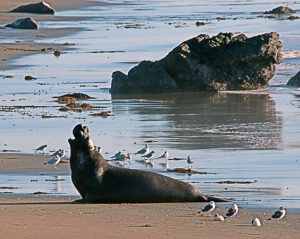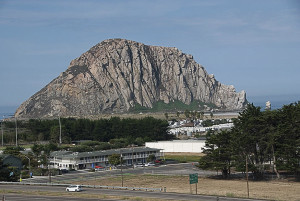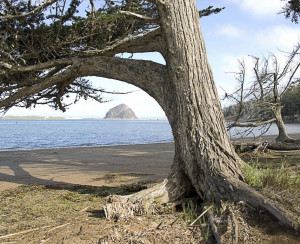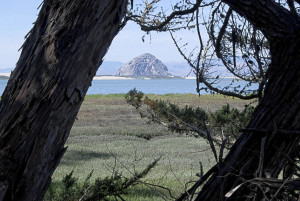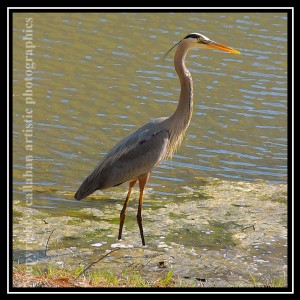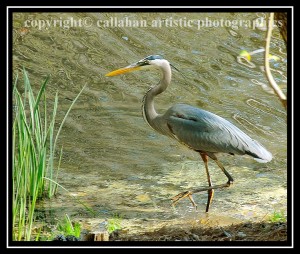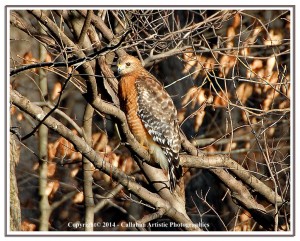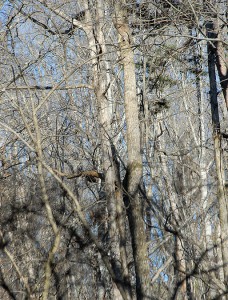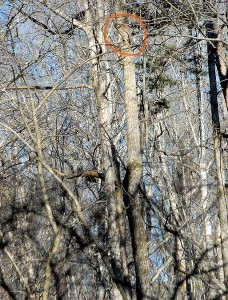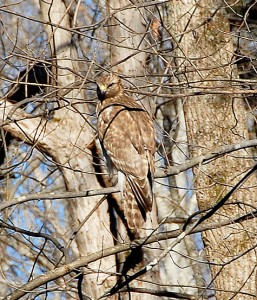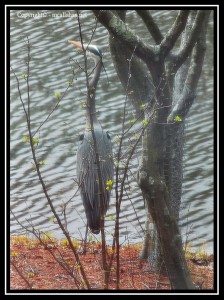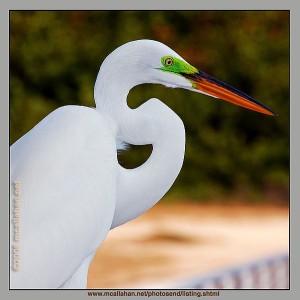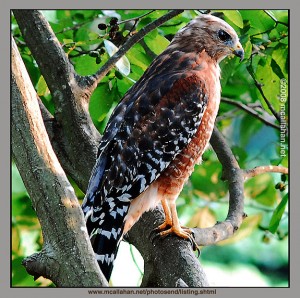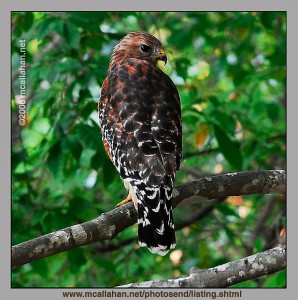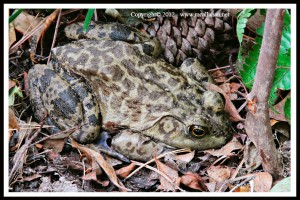
In my last missive I mentioned the frogs on the lake. Every year they make their presence known again earlier, and in colder weather, than we ever would have supposed.
True to form, on February 24th I started hearing the small noises that the baby frogs make as they begin to sound off around the lake. Also true to form, it was 35 degrees the next two days, and I could not believe those little frogs were surviving in that cold. But survive they do. Even thrive. Every year.
By the middle of the summer, they will be so loud that they are the dominant sound out here at night. Even with the air conditioning on, and everything closed up tight, you can still hear them from inside the house.
The picture shows a fully grown adult frog in our garden. It was taken last fall when he was sluggish and allowed me to get close to him. He is about 6 inches long. For scale, that is a full size pine cone off to his left.
As I said before, you would certainly never know frogs are in any kind of environmental trouble if you were listening at this lake in the summer. I only wish they were doing as well everywhere else.
